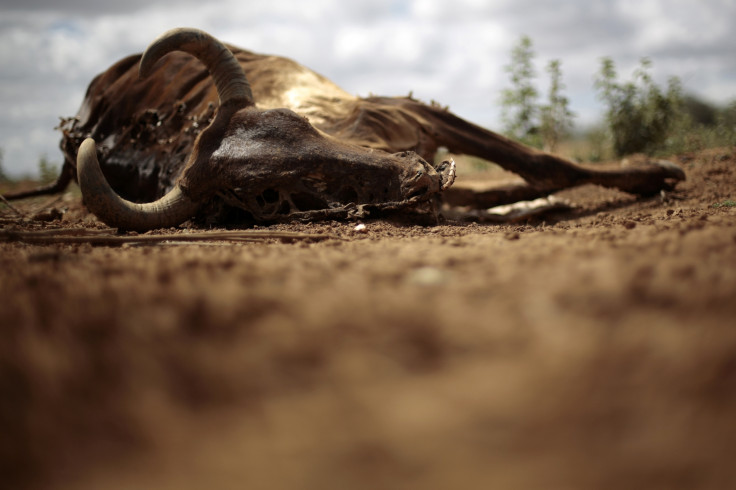Humans will not be spared in sixth mass extinction

Just because humans populate almost the entire globe does not mean we will be exempt from dying out in the next mass extinction event to hit Earth. Publishing a study in the journal Nature Communications, scientists say widespread species are just as likely to be wiped out in global mass extinctions as rare ones.
Under normal circumstances, species that are widespread are less likely to become extinct than those that occupy smaller geographical areas, with their prevalence providing them with a natural insurance against changes to the environment. However, when it comes to mass extinctions, the same insurance does not apply, with these populous species just as at risk as scarce ones.
The team from the University of Leeds looked at the fossil record of terrestrial vertebrates from the Triassic and Jurassic periods (252 to 145 million years ago). Around 200 million years ago there was a mass extinction event thought to have been triggered by massive volcanic eruptions and climate change. It killed off up to 80% of the species known to have been living on Earth at the time and eventually gave rise to the dinosaurs.
Study leaders Alex Dunhill and Matthew Wills mapped out the geographical distribution of organisms to see how they changed throughout the Triassic-Jurassic periods, which were then compared with biodiversity changes. This provided scientists the relationship between geographic range and extinction risk – the first time this has been done in the terrestrial fossil record.

During this mass extinction event, many groups of crocodile ancestors went extinct, allowing the dinosaurs to rise to dominance. Dunhill said: "The fact that the insurance against extinction given by a wide geographic distribution disappears at a known mass extinction event is an important result. Many groups of crocodile-like animals become extinct after the mass extinction event at the end of the Triassic era, despite being really diverse and widespread beforehand. In contrast, the dinosaurs which were comparatively rare and not as widespread pass through the extinction event and go on to dominate terrestrial ecosystems for the next 150 million years."
Over the course of history there have been five mass extinction events (that we know of). At present, many scientists believe we are entering a sixth mass extinction. Stanford scientist Paul Ehrlich recently published a study in Science Advances finding that the next mass extinction event is here "without any significant doubt" and under even conservative estimates. He found species are disappearing around 100 times faster than normal rates.
Willis said their latest research shows how mass extinction events do not follow regular rules of survival: "Although we tend to think of mass extinctions as entirely destructive events, they often shake up the status quo, and allow groups that were previously sidelined to become dominant. Something similar happened much later with the extinction of the dinosaurs making way for mammals and ultimately ourselves. However, our study shows that the 'rules' of survival at times of mass extinctions are very different from those at 'normal' times: nothing is ever really safe."
Dunhill added: "These results shed light on the likely outcome of the current biodiversity crisis caused by human activity. It appears a human-driven sixth mass extinction will affect all organisms, not just currently endangered and geographically restricted species."
© Copyright IBTimes 2025. All rights reserved.





















